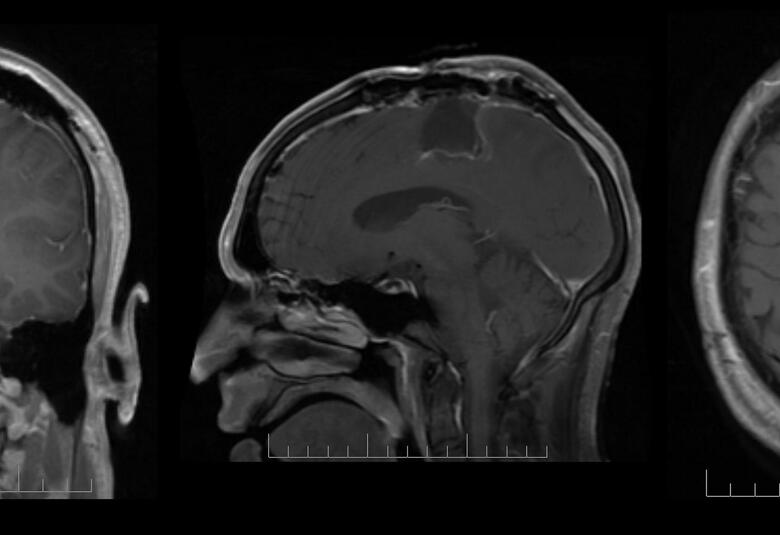The microtubule-associated protein tau is a major component of the neurofibrillary tangles (NFT) of Alzheimer’s disease (AD), and tau pathology is more closely correlated with progression of cognitive impairment than the amyloid-beta (Aβ) pathology that precedes it. The challenges to address when developing anti-tau interventions for AD and whether anti-tau clinical trials should now be carried out for preclinical (asymptomatic) AD were discussed at AAIC19.
The tau timeline
Neurofibrillary tangles (NFT) and tau correlate well with clinical progression in AD
In 1975, tau was identified as a microtubule assembly factor, and in 1985 tau was identified as the major component of NFT. NFT correlate well with clinical progression in symptomatic AD.
Tau aggregates were found to be hyperphosphorylated in 1986, suggesting that tau in Alzheimer brain is an abnormally phosphorylated protein component of paired helical filaments.1
The first tau-specific positron emission tomography (PET) tracer was developed in 2011, and tau images were subsequently found to recapitulate Braak pathological staging.2
Tau was also found to be involved in a process in which misfolded tau aggregates are released from presynaptic neurons and taken up by postsynaptic neurons where they act as seeds to form additional tau aggregates.3
Why target tau?
There is a need for better treatments to change people’s lives earlier
AD represents a huge unmet need worldwide. It is the only cause of death among the top ten in the USA for which there is no treatment to prevent, cure, or even slow progression. Meanwhile one in nine people over 65 years of age, and one in three over 85 years of age have AD, and AD is the sixth leading cause of death across all ages in the US.
Multiple clinical trials have targeted Aβ but have been unsuccessful. There is therefore an urgent need to investigate alternative promising targets such as the multiple tau targets. Current studies already in progress are investigating active and passive immunotherapies to prevent pathological tau aggregation and stabilize microtubules.
Tau-based therapy clinical trial design challenges are similar to those encountered for Aβ based therapies
Which stage of the AD trajectory should be targeted?
Despite their failure to achieve meaningful clinical outcomes, the clinical trials targeting Aβ have provided many learnings for designing future clinical trials for AD, for example in terms of:
- which stage of AD to target (ie, preclinical/asymptomatic, mild cognitive impairment, or dementia)
- patient identification and selection
- developing pharmacodynamic measures that accurately measure target engagement
- choice of reliable biomarkers to monitor and measure response
- designing adaptive trials to improve ability to adjust as data are analyzed
- development of clinically meaningful outcome measures
Which form of tau should be targeted?
Tau is an important target, but factors that need special consideration when developing an anti-tau intervention include:
- which form of tau should be targeted — hyperphosphorylated tau, total tau, tau conformation, tau fragments or tau-related mechanisms such as membrane stabilization?
- where should tau be targeted — intracellularly or extracellularly?
- what is the risk for adverse effects and how can it be mitigated?
- should the intervention be for asymptomatic or symptomatic patients?
Among the attendees attending the meeting, 79% agreed with the statement that there is enough scientific rationale to try anti-tau interventions in asymptomatic (preclinical) AD.
However, only 45% agreed with the statement that the field is ready with robust methods for patient identification and reliable biomarkers to monitor progress to try anti-tau interventions in asymptomatic (preclinical) AD.




